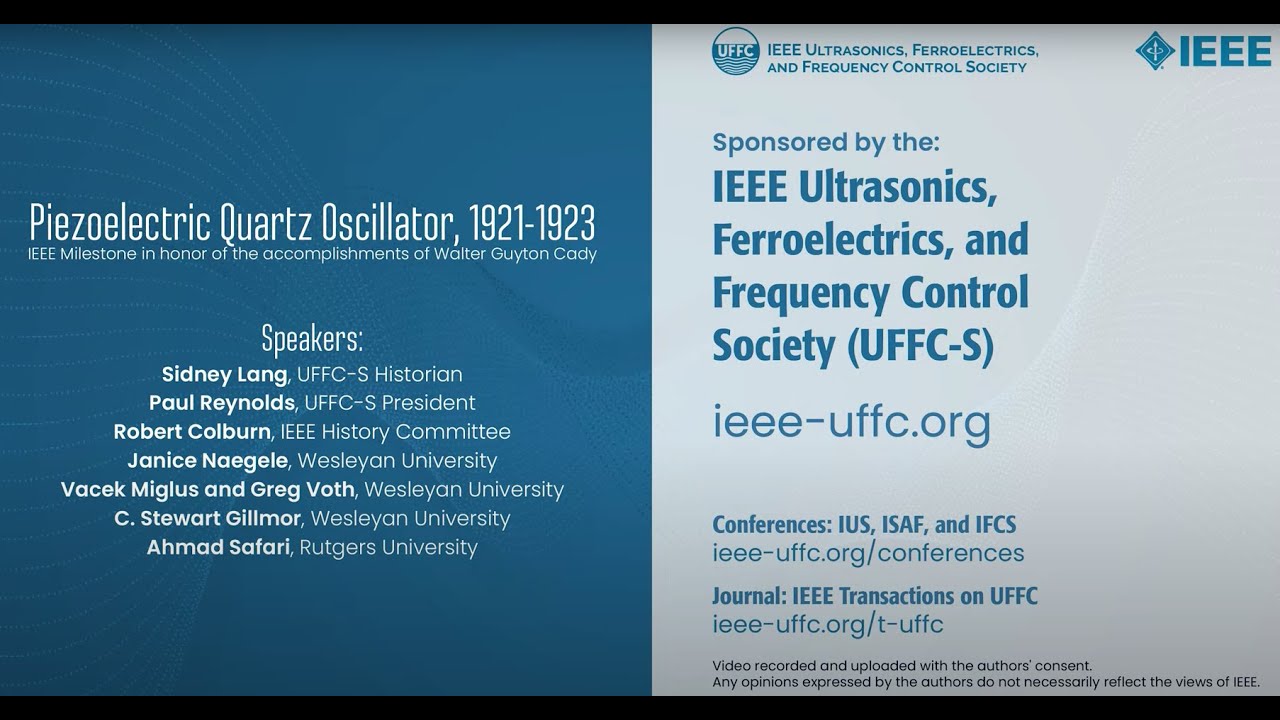Society Milestones
The IEEE Milestones program honors significant technical achievements in all areas associated with IEEE. It is a program of the IEEE History Committee, administered through the IEEE History Center. Milestones recognize the technological innovation and excellence for the benefit of humanity found in unique products, services, seminal papers, and patents. Milestones are proposed by any IEEE member and are sponsored by an IEEE Organizational Unit (OU)—such as an IEEE section, society, chapter or student branch. After recommendation by the IEEE History Committee and approval by the IEEE Board of Directors, a bronze plaque commemorating the achievement is placed at an appropriate site with an accompanying dedication ceremony.
The IEEE History Center staff have already prepared a list of possible candidates. Members are encouraged to propose other major achievements according to an established proposal process. Those selected for recognition must then be sponsored by one or more IEEE Sections, Societies, Chapters or Student Branches. The UFFC-S will consider sponsorship for milestone proposals in UFFC-S’ fields of interest.
To be honored, the achievement should demonstrate technical innovation that has benefited humanity. It also must have occurred at least 25 years ago and must have had significant importance across a substantial geographical region. Given the nature of IEEE-related achievements, most have had world-wide impact! To date, 177 IEEE Milestones have been dedicated throughout the world.
Milestone Presentations
IEEE Milestone Dedication: Piezoelectric Quartz Oscillator 1921-1923 (Walter Guyton Cady)
Byline: Sidney Lang
In 1921, research at Wesleyan led to development of the first circuit to control frequencies based on a quartz crystal resonator. This technique was later applied in standards of frequency as a filter and for coupling between circuits. Piezoelectric quartz oscillators advanced ultrasonics, sonar, radar, and myriads of other electronic applications. They appeared in everyday life through their use in quartz wristwatches.
UFFC Cosponsors the IEEE Milestone for the First Atomic Clock – Developed at NIST
Byline : John Vig
The first atomic clock, developed near this site by Harold Lyons at the National Bureau of Standards, revolutionized timekeeping by using transitions of the ammonia molecule as its source of frequency. Far more accurate than previous clocks, atomic clocks quickly replaced the Earth’s rotational rate as the reference for world time. Atomic clock accuracy made possible many new technologies, including the Global Positioning System (GPS).



